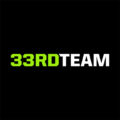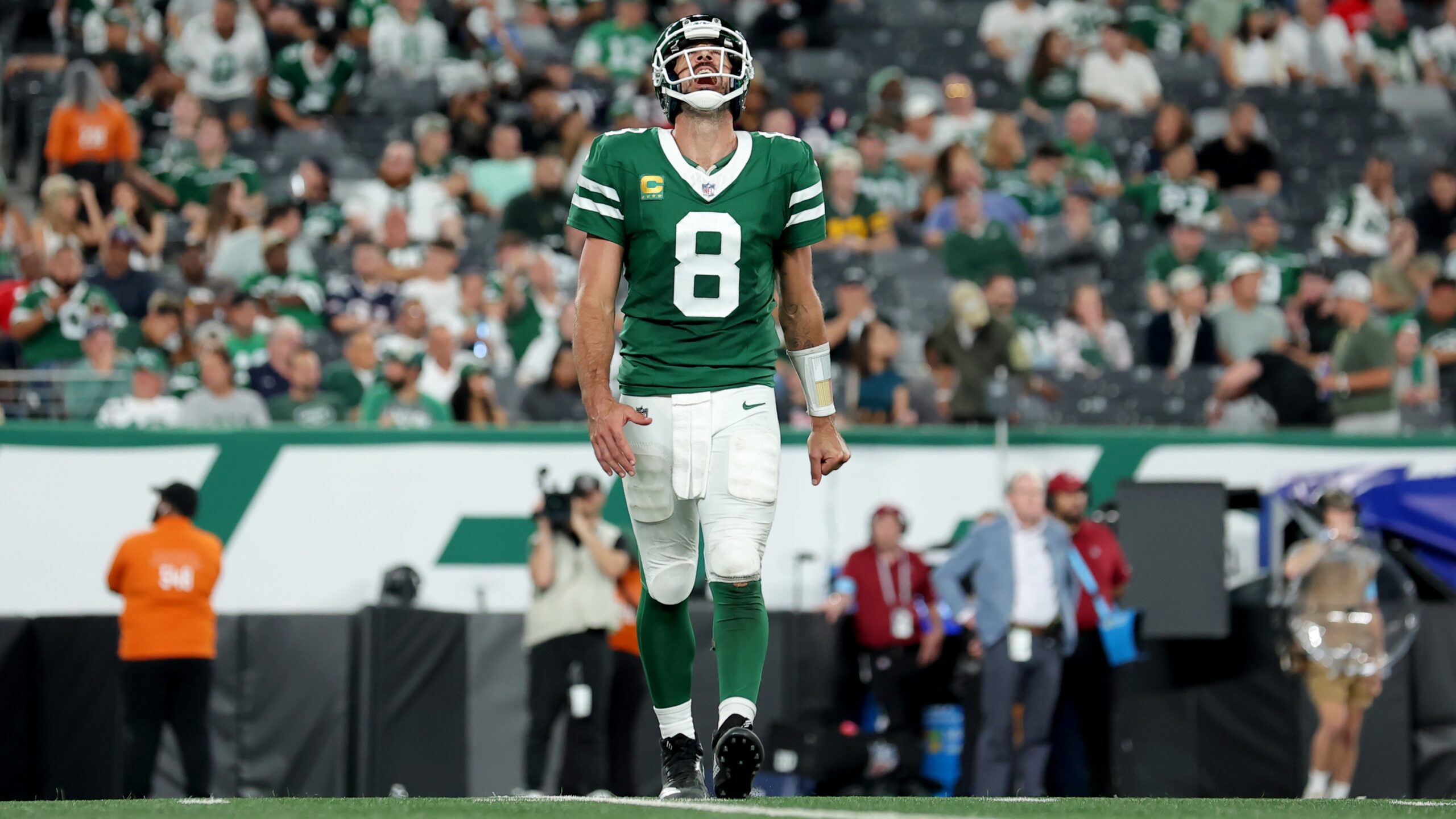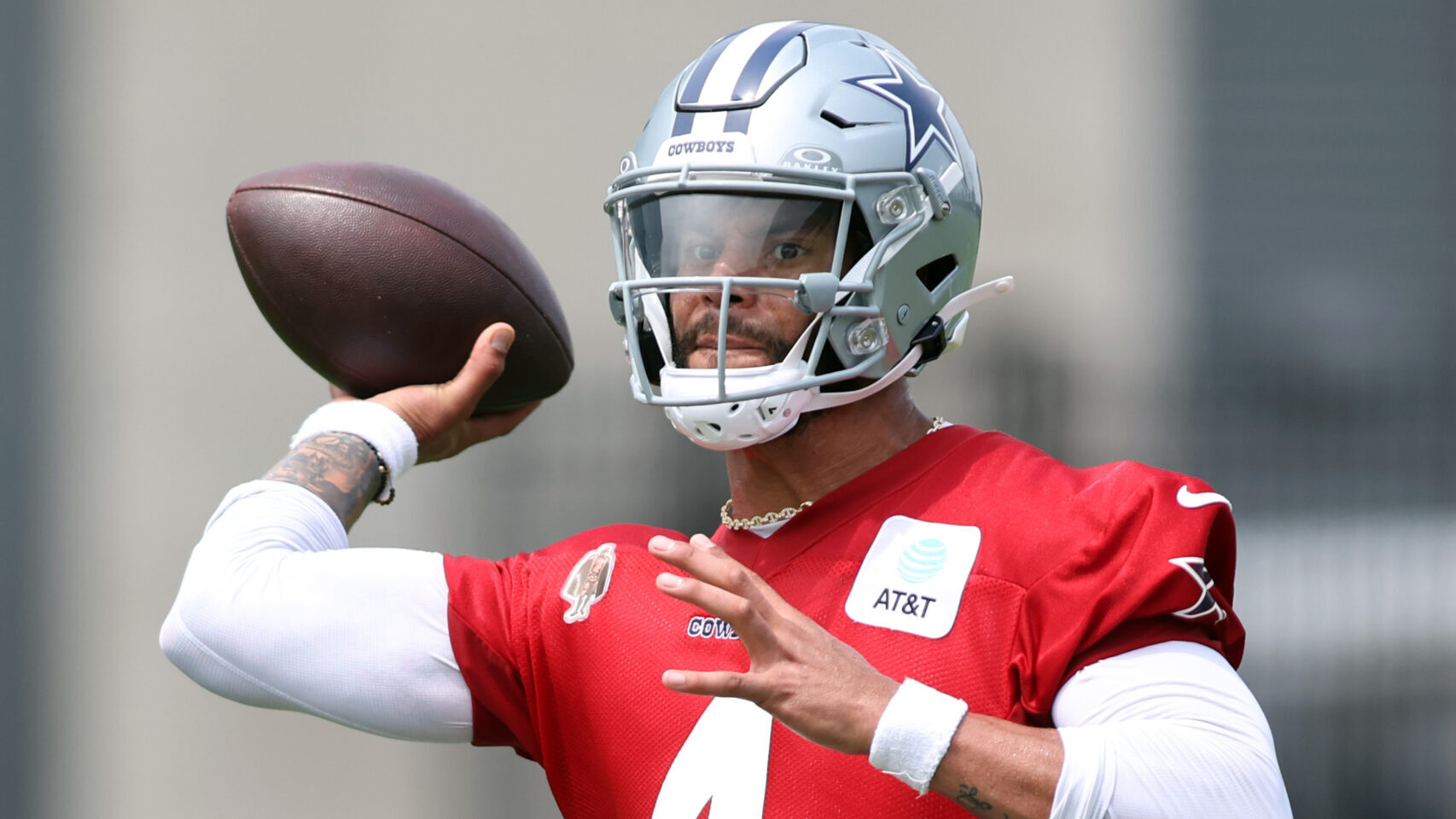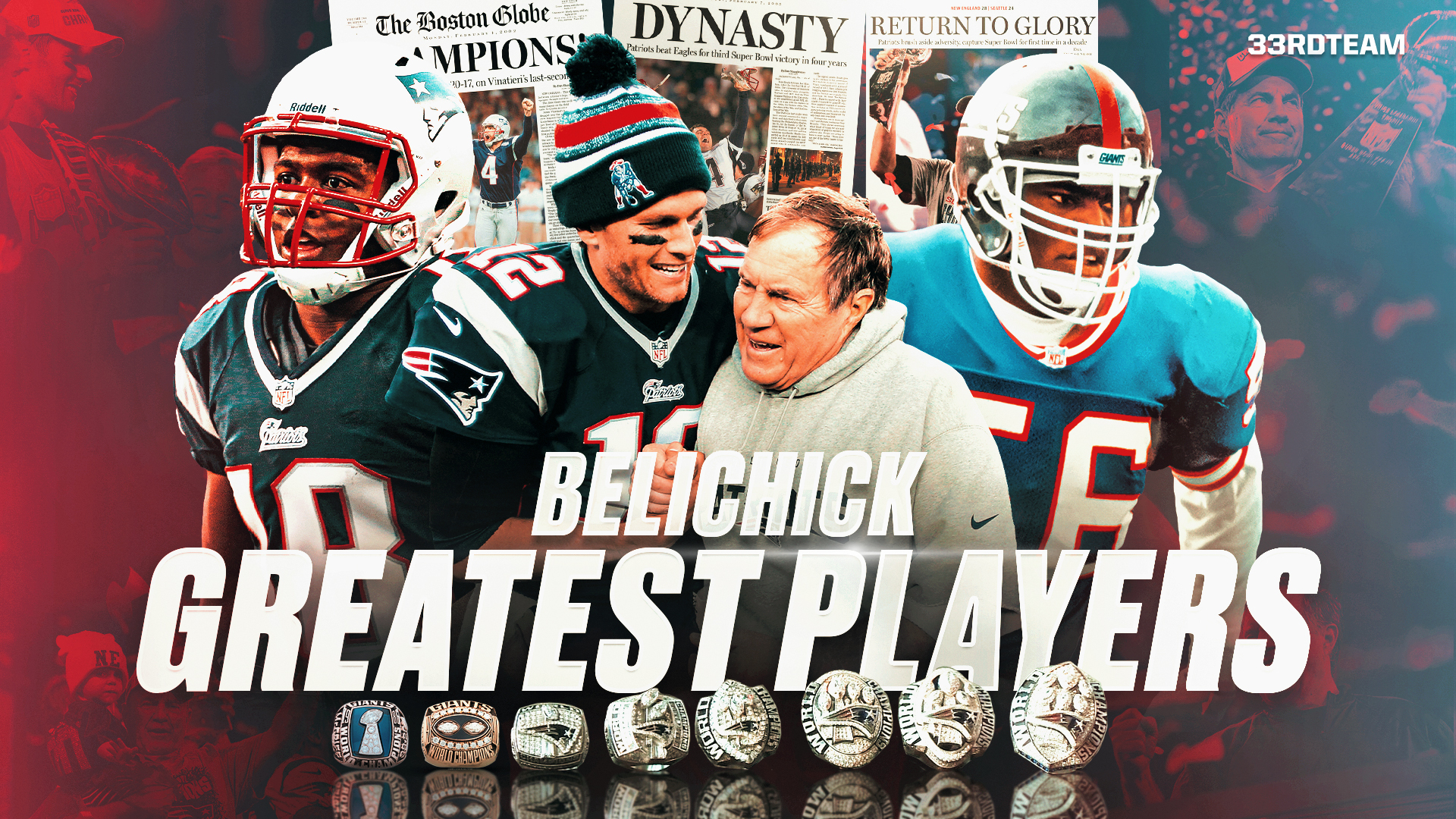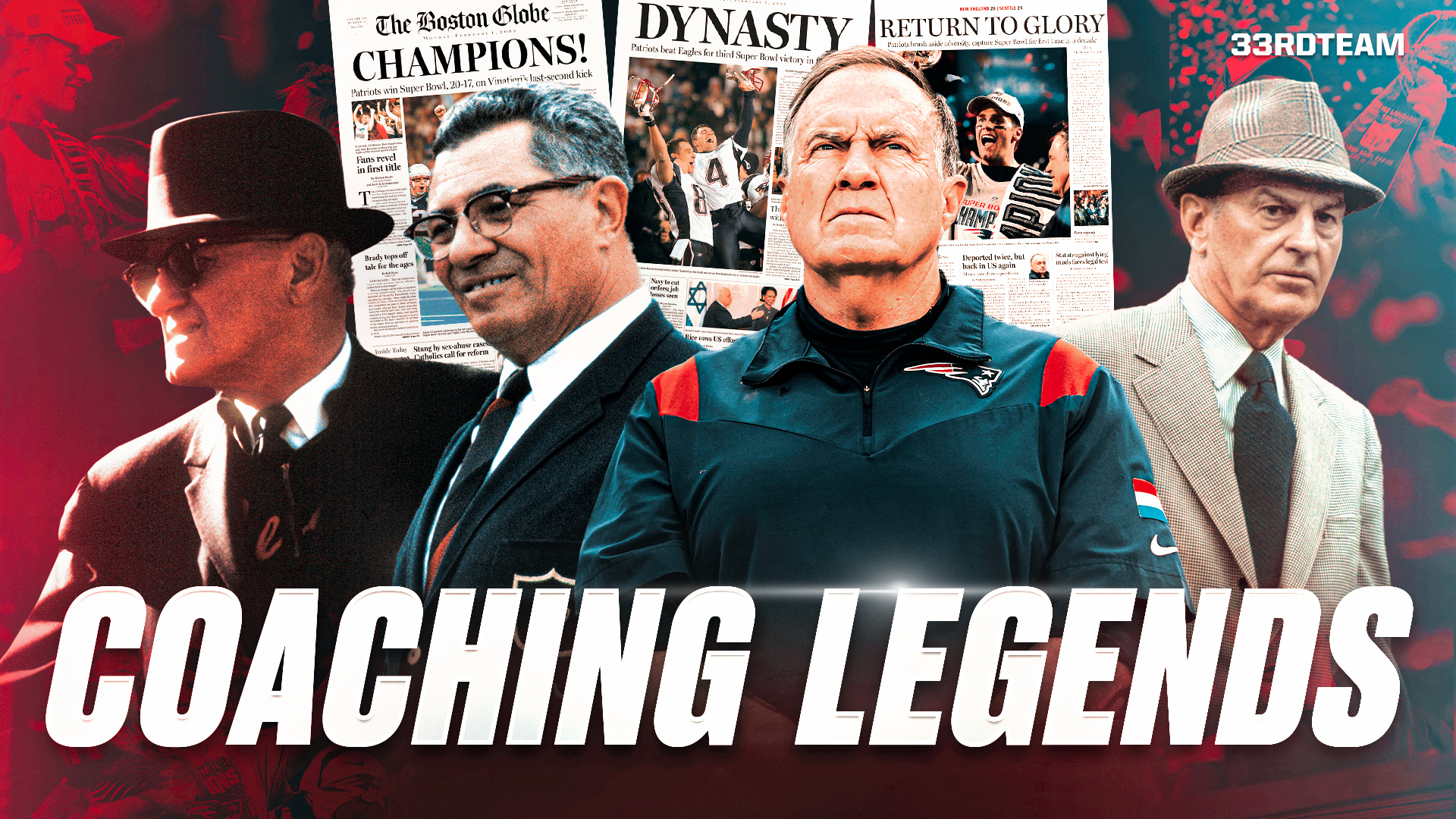Analysis
12/6/21
9 min read
NFL Terms Explained: Marc Trestman on The Evolution of The Dragon Concept
Marc Trestman, former NFL Head Coach discusses the evolution of a common offensive concept in the NFL, the “Dragon” concept and HOW it was evolved from his time with Steve Young and Bill Walsh to Joe Flacco and John Harbaugh and finally now to Justin Herbert and Brandon Staley.
One thing you hear quite often about the NFL is that it's a copycat League. Well, it's become somewhat of a cliché, and there is a reason for that. It has everything to do with how concepts get borrowed from, copied and reused along the way. But one of the key elements of each team's research into plays is not just to copy what they see on tape, but to understand the science behind each play to make it their own.
As the game and its rules have evolved, so have the schemes themselves. So today we'll be looking at the history of a popular quick game concept commonly known as the dragon concept. And we'll take a journey across four decades to see how NFL passing attacks have evolved this West Coast offense concept, its teaching points, and its progressions from its early beginnings as a mirrored play and split back sets to modern day versions that involve up to five receivers in a non-mirrored play design.
Modern Day: Chargers
Herbert opens in an empty set with three receivers to the left and two at the bottom, and then brings his back in motion. And so, Herbert with a quick game is going to take a very tight three step drop, there'll be a drag by number two receiver and a slam by number one receiver, with the drag going to get to a depth of three yards as it gets width to the boundary. Versus free access, the wide receiver is going to take three steps and run a slant at 45-degree angle or flatter depending on the alignment of the corner.
On the backside, the concept of spacing, where the number one receiver is going to run a hook route at six and the number two receiver is going to sit down over the ball at five yards. With the back running a wide, the play is called for 3 deep zone and that's exactly what the Eagles give Herbert. In fact, it's better than that, because the Eagles are playing a rush. So, they're rushing five at the line of scrimmage, and so they're vacating one of the zones below which makes the play even more viable.
While he's looking left, he's buying time for his spacing runners to get ready to take the ball. And it's extremely important that they explode off the ball and get to their final positions. Allen should be in that on the hashmark area with his adjacent receiver at six yards just outside the hash, so there is good spacing to the backside and then the back will run the wide to create horizontal spacing at the bottom of the screen. This is a progression read horizontally across the field. If the flat had been covered, he would work the slant. If he doesn't like it, he will reset and hitch up to the receiver over the ball or the hook receiver releasing vertically adjacent to him. Then finally finish with the wide. A progression read for Justin Herbert, and he takes number one to the flat.
Let's go back to 1995, before spacing became into existence, split right formation with running backs with their hands down in a three-point stance. At the top of the screen, the tight end running the drag, the wide receiver running the slant at the bottom of the screen, the wide receiver running the slant and the back, running the drag with the blocking back checking through and getting over the ball. The difference between then and now is the quarterback had to pick the best luck side. With the safety dropping down in 3 deep zone coverage, the quarterback has elected to work the bottom of the screen and either work the running back on the flat or the wide receiver on the slam to the short side. Once he starts to one side his only available flare control would be the back over the ball. You can see here that the 49ers are lined up in a two tight end set with two wide receivers on either side of the formation, John Taylor at the bottom and Jerry Rice at the top. Instead of having spacing on one of the sides of the formation, the 49ers have what we call a mirrored route, where drag and slants are on both sides of the field.
So, this progression reads starts with QB Steve Young taking three steps from under center and picking a side commonly known as best looks side. The progression starts with the drag in the flat at the top of the screen because that's where Young is looking and then to the slant versus man-to-man coverage. As I said before, the play is designed for 3 deep coverage but at the end of the day 3 deep man to man is extremely beatable as well. As you see Jerry Rice starting with an inside release, then back outside to flip the corners hips and then bring it back underneath. The flare control winds up being the back over the ball. So, this play back in the day was limited because the quarterback had to pick a side, drag or slant either way.
I want to take you to 2002, spacing now comes into play in the NFL. The Raiders lineup into tight ends, two wide and a back to the top of the screen instead of a tight end and a wide receiver, we have two wide receivers, one outside and one in the slot. They motion to empty and run exactly the same play that the Chargers ran with different people in different places. Same drop, same progression, same read with different players in different places. The drag and the slant is run now by two wide receivers.
The inside receiver, number two, running the drag and the outside receiver running the slant. On the backside instead of having two wide receivers, we have two tight ends occupying both those spaces, running the sit over the ball and the spacing element. On the backside, you can see the first inside receiver, tight end is over the ball on a set to create the spacing, the triangular spacing between the drag, the slant and the sit. The deeper hook to the outside is number four. Instead of running a wide as we did in the last video, they run a sit outside wide to finish the progression. So as Gannon comes back, he starts in his third step looking to the flat or the slant against this rotated coverage. Gannon is able to see Rice not take it in the first hole but take it in the second hole, inside the linebacker, who is the number two defender. Again, short throw a highly explosive play for the Raiders on these three steps drop concept.
Again, you see the beauty of the West Coast offense, they start in a tight power looking set and then they shift, and the final shift will allow for some pre snap coverage identification, whether it be man or zone. You can see the safety comes out, which is an indication and the first indication of man to man coverage. Then the back motions from a one back set to an empty set and takes over a wide receiver type slot position. Gannon knows exactly where he's going to start at the top of the screen. Starting with the drag in as the linebacker goes to cover the running back. It leaves one on one for the wide receiver Jerry Rice at the top to run a slant. Because the backer inside on the hashmark is looking for a crosser wide receiver, number three, that opens up the hole again and Gannon knows where he's going. He's just looking off the backer for a split second and then he's getting to the drag slam portion of it. As the linebacker takes over the crosser, it creates a hole for the slant. Gannon drives the football in there one foot in front of the numbers and turning it in to an explosive play.
Moving ahead to 2015 another look at the same play. This time was some motion by the tight end to get to a final two by two position. The Ravens line up with a tight end and a wide receiver to the short side of the field, in this zone coverage. The linebackers that are in double A alignments are taking drops. But what I really want to focus on right here is not the motion of the tight end. Focus on Flacco’s helmet and where his eyes will be at the snap of the football. Flacco looks left first because he's always starting with the drag and then to the slant. If he doesn't like them early as he finishes the drop, he has time to reset for both the sitting runner to get into the hashmark area and will the linebacker, which creates the hole for the hook runner and then the back gets out late for flow control. But you can see what Flacco did, he started with the drag (one), the slant (two), back to over the ball (three) and then to Maxx Williams sitting on the hashmark running the deeper hook route.
So, this history lesson in review, five-man progression horizontal progression across the field in the dragon concept.
